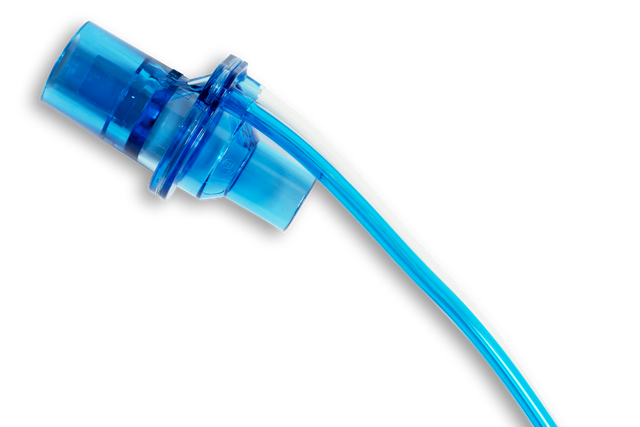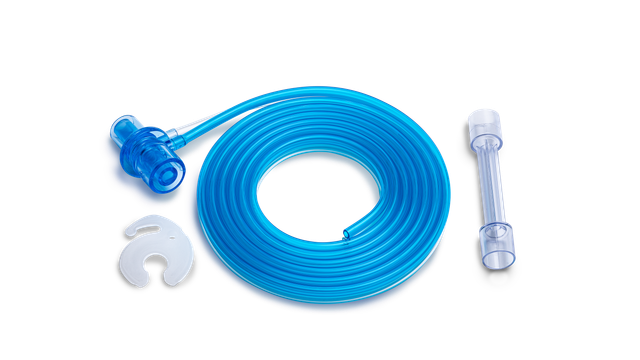
Depuis 1983, le capteur de débit proximal constitue la pièce maîtresse de nos ventilateurs. Tout le processus de ventilation dépend de la mesure et de la précision du capteur de débit et il fournit des données à l'entrée des voies aériennes.
Des données précises sur le volume, le débit et la pression sont cruciales pour établir un diagnostic correct et éviter les effets secondaires fréquents associés à des réglages de ventilation inappropriés. Il constitue également l'élément principal de certaines de nos technologies avancées, telles que les modes ASV et INTELLiVENT-ASV, l'IntelliSync+, et la fonction P/V Tool.

Nos ventilateurs mesurent le débit et la pression au plus près des voies aériennes du patient. Des études ont montré que les volumes courants des patients ventilés doivent être déterminés avec un capteur de débit placé sur la sonde d'intubation (

Déterminer de façon précise le volume courant expiré (VTE) est crucial (
Les avantages pour vous :
Nous proposons des consommables Hamilton Medical pour patients adultes, enfants et nouveau-nés. Vous avez le choix entre des produits réutilisables ou à usage unique, en fonction de la politique en vigueur dans votre établissement.




Les capteurs de débit à usage unique Hamilton Medical nous permettent d'éviter toute contamination croisée car nous n'avons pas à nous inquiéter du fait qu'ils soient réutilisés sur un autre patient.
Directeur de l'unité de soins respiratoires jusqu'en 2018
University Medical Center, Lubbock (Texas), États-Unis
